The press conference was chaired by Central Committee members: Hoang Thanh Tung, Chairman of the National Assembly's Law and Justice Committee; Nguyen Thi Thu Ha, Vice President and Secretary General of the Central Committee of the Vietnam Fatherland Front; Pham Thanh Ha, Deputy Head of the Presidential Office ; Truong Hai Long, Deputy Minister of Home Affairs; Nguyen Thi Lien Huong, Deputy Minister of Health; and Nguyen Van Hien, Deputy Head of the National Assembly Office.
Laying the foundation for building a strong and prosperous Vietnam.
The Resolution amending and supplementing several articles of the Constitution of the Socialist Republic of Vietnam consists of 2 articles. Article 1 amends and supplements 5 articles and clauses of the current Constitution (including Articles 9, 10, Clause 1 of Article 84, Article 110, and Article 111); Article 2 stipulates the effective date of the Resolution, the termination of the operation of district-level administrative units, and transitional provisions. This Resolution takes effect from the date of its adoption (June 16, 2025).
The resolution states: The Vietnam Fatherland Front is a political alliance, a voluntary union of political organizations, socio-political organizations, social organizations, and prominent individuals from various social classes, strata, ethnic groups, religions, and Vietnamese people residing abroad.
The Vietnam Trade Union, the Vietnam Farmers' Association, the Ho Chi Minh Communist Youth Union , the Vietnam Women's Union, and the Vietnam Veterans' Association are socio-political organizations directly under the Vietnam Fatherland Front. They are established on a voluntary basis, representing and protecting the legitimate rights and interests of their members; they are organized and operate uniformly within the Vietnam Fatherland Front; and together with other member organizations of the Front, they engage in democratic consultation, coordination, and unified action under the leadership of the Vietnam Fatherland Front.
According to the Resolution, the administrative units of the Socialist Republic of Vietnam are organized into two levels: provinces, centrally-administered cities, and administrative units below the level of provinces and centrally-administered cities as prescribed by law. Special administrative-economic units are established by the National Assembly.
The establishment, dissolution, merger, division, and adjustment of administrative boundaries of administrative units must involve consultation with the local people and follow the procedures prescribed by the National Assembly.
Local governments are organized in the administrative units of the Socialist Republic of Vietnam.
Local government levels, comprising the People's Council and the People's Committee, are organized in administrative units in accordance with the characteristics of rural areas, urban areas, and islands as stipulated by the National Assembly.
Local authorities in special administrative-economic zones are determined by the National Assembly upon the establishment of such zones.
The resolution states: The operation of district-level administrative units nationwide will cease from July 1, 2025.
The resolution amending and supplementing several articles of the Constitution of the Socialist Republic of Vietnam, adopted by the National Assembly, marked the beginning of a profound institutional reform, reflecting revolutionary innovative thinking in the organization of the political system and national governance. It serves as a constitutional basis for the successful implementation of the Party and State's policy on streamlining the organizational structure of the political system, creating a foundation for building a strong, prosperous Vietnam where the people are happy and peaceful.
Deputy Head of the Office of the President Pham Thanh Ha delivers a speech. Photo: Office of the President.
Creating a solid legal foundation for the organization and operation of local governments.
The Law on Organization of Local Government (amended) consists of 7 chapters and 54 articles; it will take effect from the date of its adoption (June 16, 2025).
The law reflects innovative thinking aimed at modern local governance, fostering development, removing bottlenecks, unlocking resources, and meeting the goals of rapid and sustainable growth for localities in particular and the whole country in general in the new era of the nation. The National Assembly's adoption of this law also has historical significance, creating a solid legal foundation for the organization and operation of local governments under the two-tiered local government model, the first of its kind in our country.
Regarding the demarcation of administrative units and the organization of local governments within these units, the Law establishes a unified two-tiered model of local government organization (provincial and commune levels) nationwide; it also establishes a complete legal basis for the local government model in special zones; it refines regulations on the principles of organization and operation of local governments to ensure they are streamlined, efficient, effective, close to the people, better serve the people, thoroughly implement the principle of "local decision, local action, local responsibility," promote the initiative, creativity, autonomy, and accountability of local governments; and ensures the promotion of information technology application and digital transformation in the organization and operation of local governments.
To institutionalize the views and directives of the Central Committee, the Politburo, and the Secretariat, the Law has perfected the principles of delineating authority, decentralization, and delegation of power between the Central Government and local governments, and between provincial and commune-level local governments in a scientific, synchronized, and unified manner; clearly defining the authority between the collective People's Committee and the individual Chairman of the People's Committee, creating conditions for implementing a flexible and effective management mechanism, and encouraging the initiative and creativity of the heads of state administrative agencies at the local level.
In particular, the Law has empowered the Chairman of the Provincial People's Committee, when necessary, to directly direct and manage the resolution of issues falling within the duties and powers of specialized agencies, other administrative organizations under his/her authority, and of the People's Committee and Chairman of the People's Committee at the commune level, ensuring that the handling of work and administrative procedures for citizens and businesses is not delayed, congested, or inefficient.
Based on the principles of delineating authority, the tasks and powers of the two-tiered local government (provincial and commune levels) have been comprehensively redesigned, ensuring clear delineation and avoiding duplication or overlap in the tasks and powers of each level of government, in line with the modern model of local governance; at the same time, it creates a legal basis for specialized laws to rely on the provisions of this Law to specifically regulate the tasks and powers of provincial and commune-level local governments in their respective specialized fields...
The transition from a three-tiered to a two-tiered local government model is a significant and historic reform. To ensure continuity, smooth operation, and stability during this transition, the Law has provided comprehensive and thorough regulations, taking into account potential issues arising in practice, from organizational structure and personnel to administrative procedures and operational mechanisms.
Accordingly, the Law stipulates a transitional arrangement for wards in Hanoi, Ho Chi Minh City, and Da Nang to transition from a three-tiered to a two-tiered local government model (currently only having People's Committees, not People's Councils) to a fully functioning local government model (with both People's Councils and People's Committees), effective from July 1, 2025. The regulations outline 10 transitional provisions to ensure the continuous and normal operation of the new agencies, organizations, and units when converting from a three-tiered to a two-tiered local government model, and to promote decentralization and delegation of power as stipulated in this Law, ensuring no disruption to work or impact on the normal functioning of society, citizens, and businesses.
In order to promptly implement the new model of local government organization at the provincial and commune levels, the Government is tasked with issuing legal documents within its authority to redefine the tasks and powers of local governments and adjust other regulations related to the implementation of the tasks and powers of local governments, for consistent application during the period before amendments or supplements to laws and resolutions of the National Assembly, ordinances and resolutions of the Standing Committee of the National Assembly, and periodically report to the Standing Committee of the National Assembly; in cases involving laws and resolutions of the National Assembly, report to the National Assembly at the nearest session.
In particular, to promptly address unforeseen and unexpected situations not covered by existing laws, the Law has established a flexible and proactive mechanism that allows the Standing Committee of the National Assembly, the Government, the Prime Minister, Ministers, Heads of ministerial-level agencies, People's Councils, and People's Committees at the provincial level to consider and issue documents, or authorize the issuance of documents, to resolve issues arising from the organization of local governments at the provincial and commune levels as stipulated in this Law.
Addressing the significant disparity in birth rates.
The drafting of the Ordinance amending and supplementing Article 10 of the Population Ordinance creates a legal basis for institutionalizing the Party's guidelines and policies on population work, with a focus on fertility rates; it stipulates the rights and obligations of each couple and individual in having children, ensuring human rights, fundamental rights of citizens, and gender equality in the implementation of population work, contributing to maintaining a stable replacement fertility rate nationwide and overcoming the significant disparity in fertility rates between regions and groups.
The guiding principle in drafting the Ordinance is to ensure consistency between Party regulations and State laws, contributing to the institutionalization of the Party's guidelines and policies on population work in the new situation. It ensures uniformity within the current system of policies and laws; guarantees the implementation of human rights and fundamental rights of citizens; protects the legitimate rights and interests of agencies, organizations, and individuals in the field of population and development. At the same time, it aligns with international commitments in addressing population issues, especially regarding fertility rates, is consistent with the trends of the times; and ensures feasibility and compatibility with the cultural values and people of Vietnam.
Accordingly, the Ordinance amending and supplementing Article 10 of the Population Ordinance on the rights and obligations of each married couple and individual in implementing family planning and reproductive health care: Decisions on the timing of childbirth, the number of children, and the spacing between births are appropriate to the age, health status, educational, labor, work, income, and child-rearing conditions of the married couple or individual on an equal basis. Protecting health, implementing measures to prevent reproductive tract infections, sexually transmitted diseases, HIV/AIDS, and implementing other measures related to reproductive health care.
This ordinance shall come into effect on June 3, 2025.
Source: https://vpctn.gov.vn/tin-tuc-su-kien/chinh-tri/vp.html


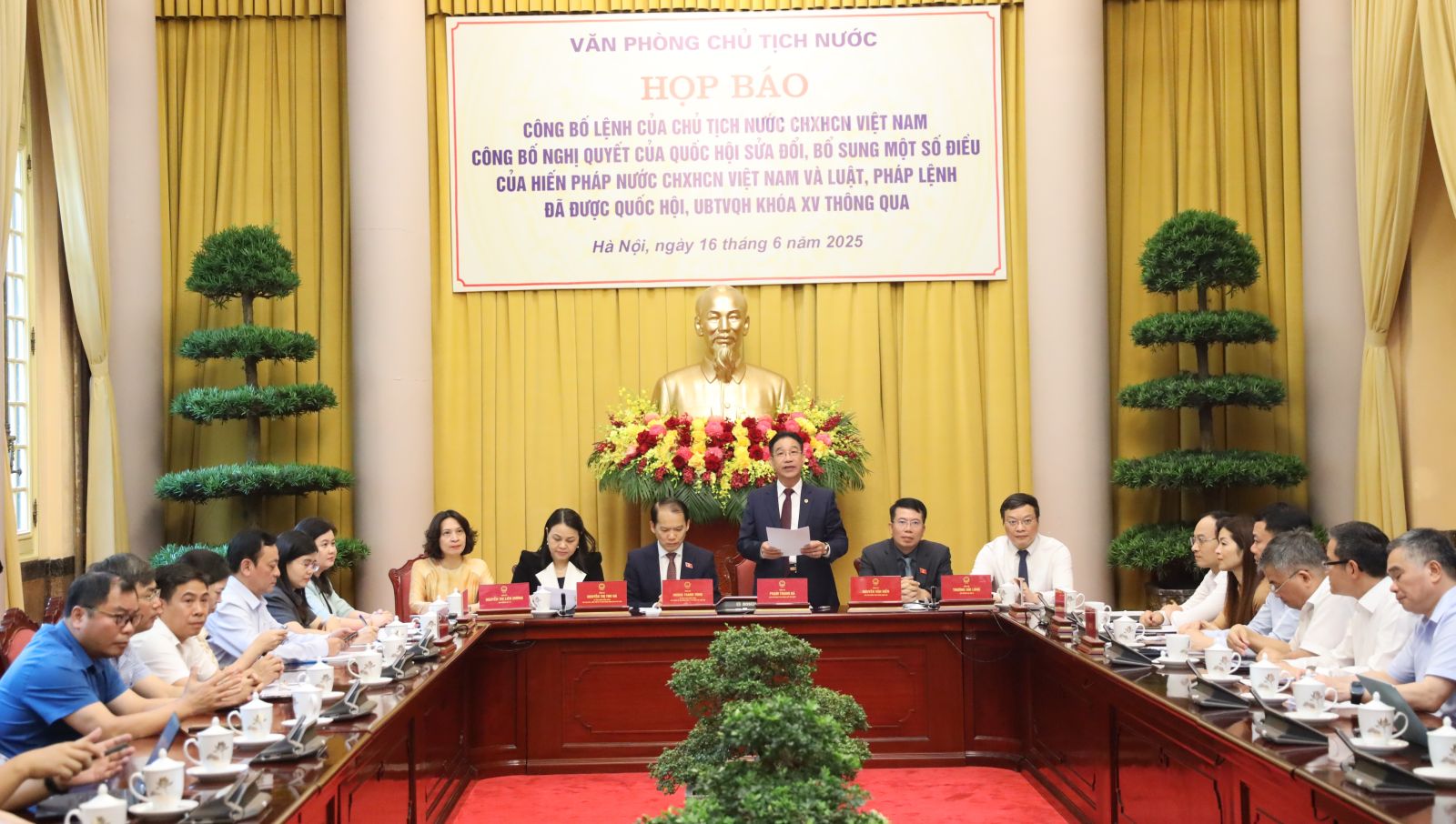

![[Image] Leaked images ahead of the 2025 Community Action Awards gala.](/_next/image?url=https%3A%2F%2Fvphoto.vietnam.vn%2Fthumb%2F1200x675%2Fvietnam%2Fresource%2FIMAGE%2F2025%2F12%2F16%2F1765882828720_ndo_br_thiet-ke-chua-co-ten-45-png.webp&w=3840&q=75)
![[Photo] Prime Minister Pham Minh Chinh receives Lao Minister of Education and Sports Thongsalith Mangnormek](/_next/image?url=https%3A%2F%2Fvphoto.vietnam.vn%2Fthumb%2F1200x675%2Fvietnam%2Fresource%2FIMAGE%2F2025%2F12%2F16%2F1765876834721_dsc-7519-jpg.webp&w=3840&q=75)
![[Live] 2025 Community Action Awards Gala](/_next/image?url=https%3A%2F%2Fvphoto.vietnam.vn%2Fthumb%2F1200x675%2Fvietnam%2Fresource%2FIMAGE%2F2025%2F12%2F16%2F1765899631650_ndo_tr_z7334013144784-9f9fe10a6d63584c85aff40f2957c250-jpg.webp&w=3840&q=75)
![[Photo] Prime Minister Pham Minh Chinh receives the Governor of Tochigi Province (Japan)](/_next/image?url=https%3A%2F%2Fvphoto.vietnam.vn%2Fthumb%2F1200x675%2Fvietnam%2Fresource%2FIMAGE%2F2025%2F12%2F16%2F1765892133176_dsc-8082-6425-jpg.webp&w=3840&q=75)














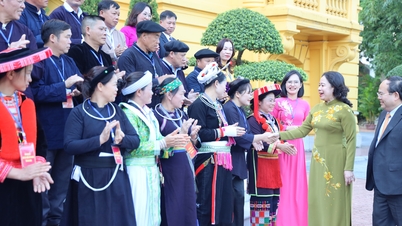
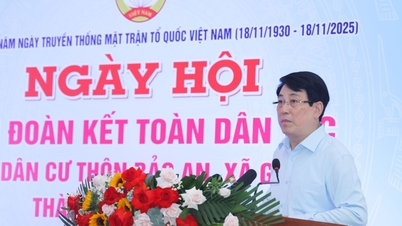


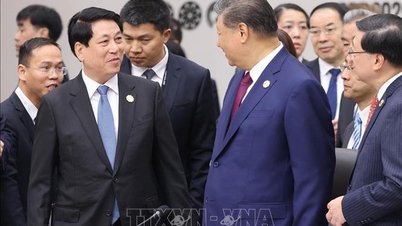
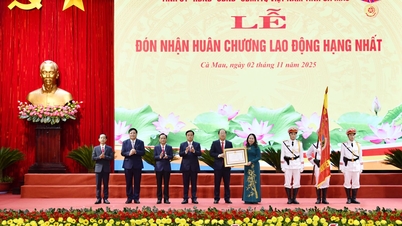




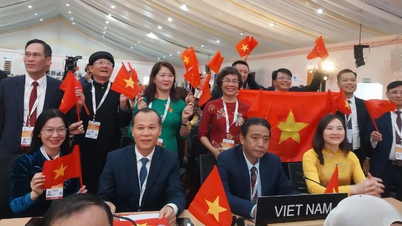







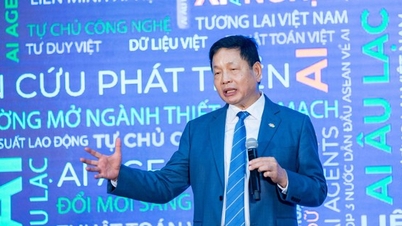

























![[Photo] Prime Minister Pham Minh Chinh attends the Vietnam Economic Forum 2025](https://vphoto.vietnam.vn/thumb/402x226/vietnam/resource/IMAGE/2025/12/16/1765893035503_ndo_br_dsc-8043-jpg.webp)

































Comment (0)